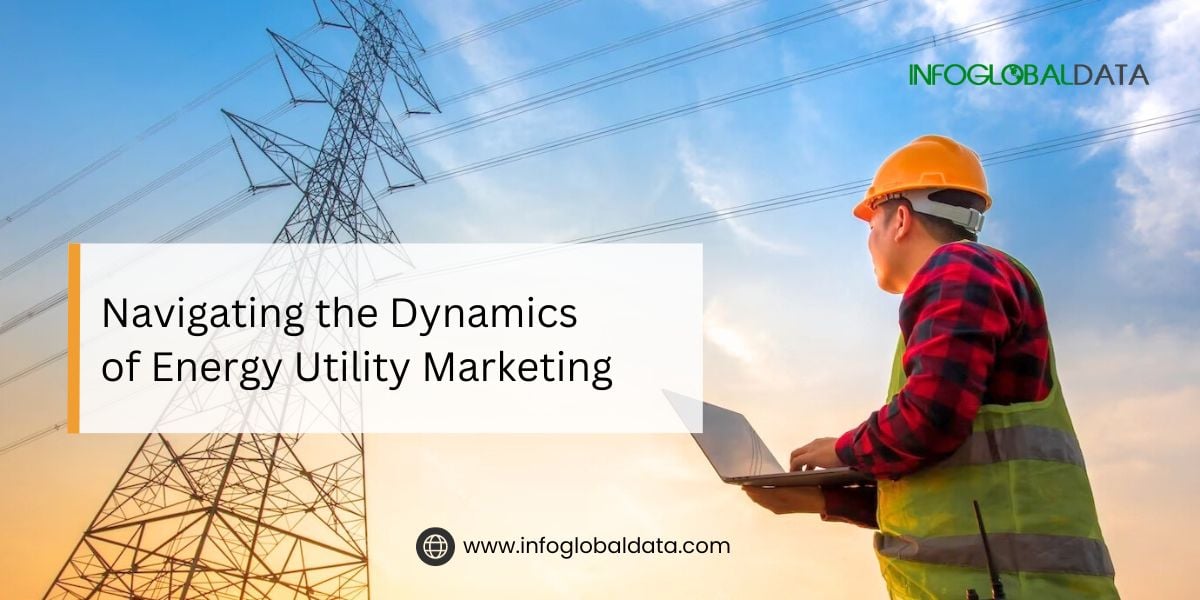
Understanding the Energy Utility Market Challenges and Changes
The primary challenge for energy utility marketers revolves around consumers' disinterest in actively managing their gas and electricity supply. Generally, consumers expect their energy services to function seamlessly, and they only tend to contemplate these services when they encounter disruptions, such as a malfunctioning boiler resulting in a cold shower, or when confronted with price hikes, particularly if they receive an unexpectedly high bill.
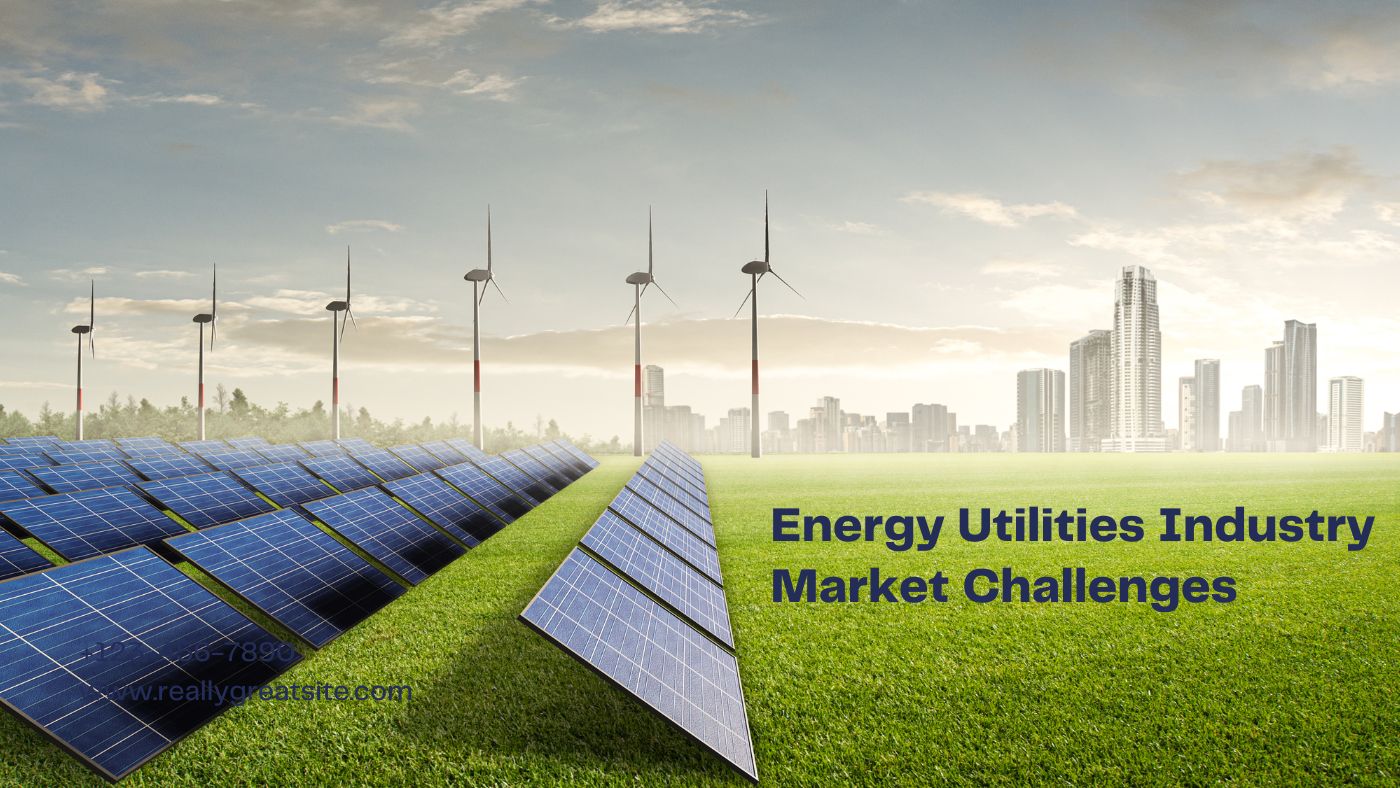
While issues like climate change, fuel poverty, and geopolitical events, such as the Ukraine war, make headlines, their impact on consumer behavior remains questionable. There's a healthy degree of skepticism here, as what people profess in surveys, opinion polls, and focus groups often differs from their real-world actions. To illustrate, a leading energy supplier in the UK, which regrettably no longer exists, openly admitted in a 2019 conference that their customers' primary reason for choosing them was affordability, rather than their environmental credentials. However, their sustainability efforts did foster customer loyalty and post-purchase satisfaction.
So, how can energy utility marketers differentiate themselves? The initial question to ponder is whether there is even a "crowd" to stand out from. In several markets, energy supply remains a monopoly, such as in parts of Latin America. In contrast, countries like the United Kingdom, Ireland, Germany, France, Spain, Poland, and segments of the United States have embraced liberalization, fostering intense competition among energy providers. This competition results in an array of market entrants offering diverse pricing structures, service packages, and often green energy commitments. While this has typically translated into lower costs for consumers, it has also intensified the marketing expenditure needed by energy brands, as they vie for consumer attention and loyalty in a crowded marketplace.
Key Players in the Energy Utility Sector
When we discuss the energy utility landscape, key players come into sharp focus. Among these, prominent names include global giants like ExxonMobil, Shell, and General Electric. They wield substantial influence and resources to shape the industry's direction. Moreover, there are numerous regional and local players, often publicly-owned municipal utilities, that play a vital role in delivering energy services to their communities.
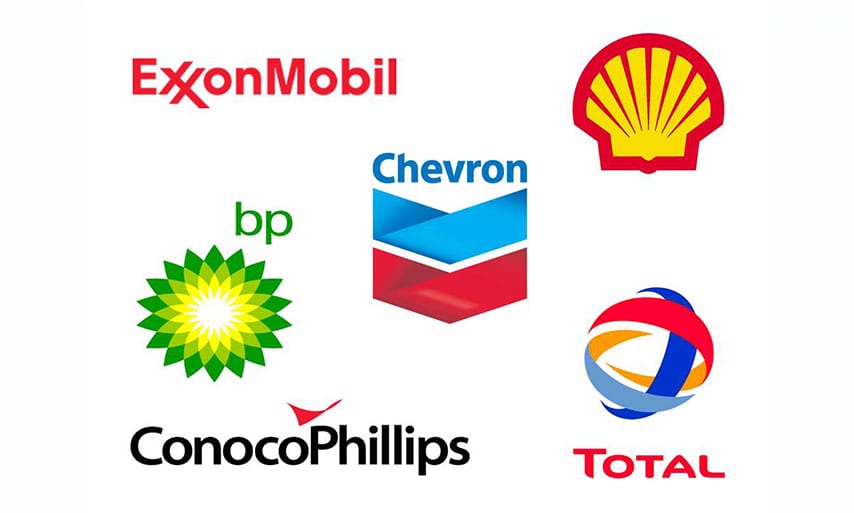
The industry's leading companies are not static entities. They have evolved, diversifying their services beyond the traditional model of providing electricity or natural gas. They are actively investing in renewable energy sources, smart grid technologies, and sustainable practices. This evolution is driven by changing consumer expectations and a growing emphasis on environmental sustainability.
At its core, this industry encompasses the generation, distribution, and management of electricity, natural gas, water, and more. It's a sector fundamental to our way of life.
Industry Specific Lists
Contact Us for Marketing Campaigns
Top 10 Winning Strategies for Energy Utility Marketing in 2023 & Beyond
Are your messages breaking through the noise to reach your customers? Here are ten exceptional marketing concepts tailored for energy utilities to incorporate into their content strategy.
1. Redefine Your Brand Approach
Traditionally, energy and utility brands have presented themselves as providers of power. However, a significant shift has occurred in recent years, with a move towards the Energy Service Provider (ESP) model. This new approach places a strong emphasis on not only delivering energy but also actively reducing energy consumption.

This transformation is a response to the emergence of the conscious consumer, individuals increasingly aware of the importance of energy efficiency. In a recent survey conducted by Enervee, 90% of 600 UK respondents acknowledged the importance of using energy-efficient appliances. Furthermore, 80% of those surveyed believe that their energy supplier plays a crucial role in guiding them towards making more environmentally conscious choices.
Challenger brands, exemplified by companies like Bulb and OVO, are capitalizing on this shifting consumer sentiment. They offer innovative solutions such as smart meters and green energy sourced from renewable generators. By doing so, these brands not only provide intrinsic value to consumers but also create compelling incentives for customers to make the move away from more traditional energy giants, often referred to as the "Big Six."
2. Use Data Insights
Data is currently the prevailing buzzword across virtually every sector, encompassing both B2C and B2B landscapes. Companies are delving into the wealth of insights readily available to them. In a recent survey, it was found that a striking 90% of respondents expressed their belief in using energy-efficient appliances. Additionally, nearly 80% recognized the pivotal role of their energy provider in helping them make more informed, energy-efficient choices. This illustrates how customer-facing energy brands are harnessing data to craft highly targeted marketing campaigns.

From a B2B perspective, companies are tapping into the wealth of analytics gleaned from past buyers. This data allows them to understand their clients' values and purchasing habits, providing the foundation for tailored marketing initiatives. However, the evolution doesn't stop there.
Back in 2017, a notable 43% of utility companies openly admitted to offering zero channel personalization. This underscored the considerable gap between the energy sector and more progressive industries, such as travel and retail. Fortunately, a growing number of companies are now seizing the potential of their data to deliver highly personalized marketing to consumers. This could involve offering recommendations based on prior purchases or even segmenting email lists based on where customers are in the sales funnel. The era of data-driven marketing is here, transforming both B2C and B2B landscapes.
3. Be Precise in Audience Segmentation
The days of generic, one-size-fits-all approaches are fading, as energy utility companies now recognize the need to tailor their messaging to specific consumer groups, providing content and solutions that resonate deeply with the specific needs and preferences of each group.
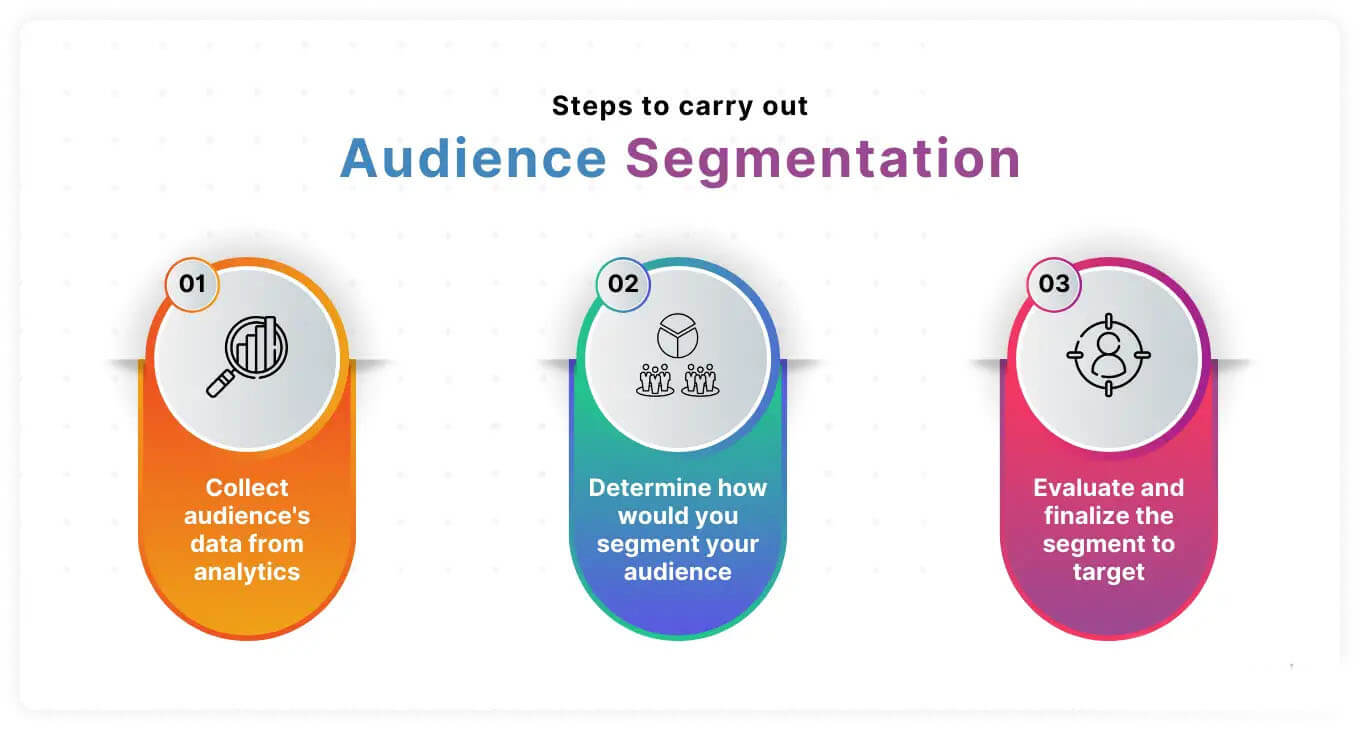
Source: mailmodo
Effective audience segmentation goes beyond merely dividing customers into broad categories; it delves into the intricacies of demographics, behaviors, and psychographics, seeking to understand what truly drives each group. Whether it's addressing the energy-saving enthusiasts, environmentally conscious consumers, or those seeking cost-efficient solutions, precision in segmentation allows energy utilities to deliver the right message at the right time, fostering engagement and building trust.
4. Social Media Marketing for Energy Companies
Social Media Marketing (SMM) has evolved into an indispensable component of a utility company's outreach strategy. It offers a unique opportunity for these companies to forge personal connections with their customer base, nurturing relationships that extend beyond the transactional.
Through an in-depth understanding of their target audience's needs and preferences, energy firms can craft content that genuinely resonates with their customers.
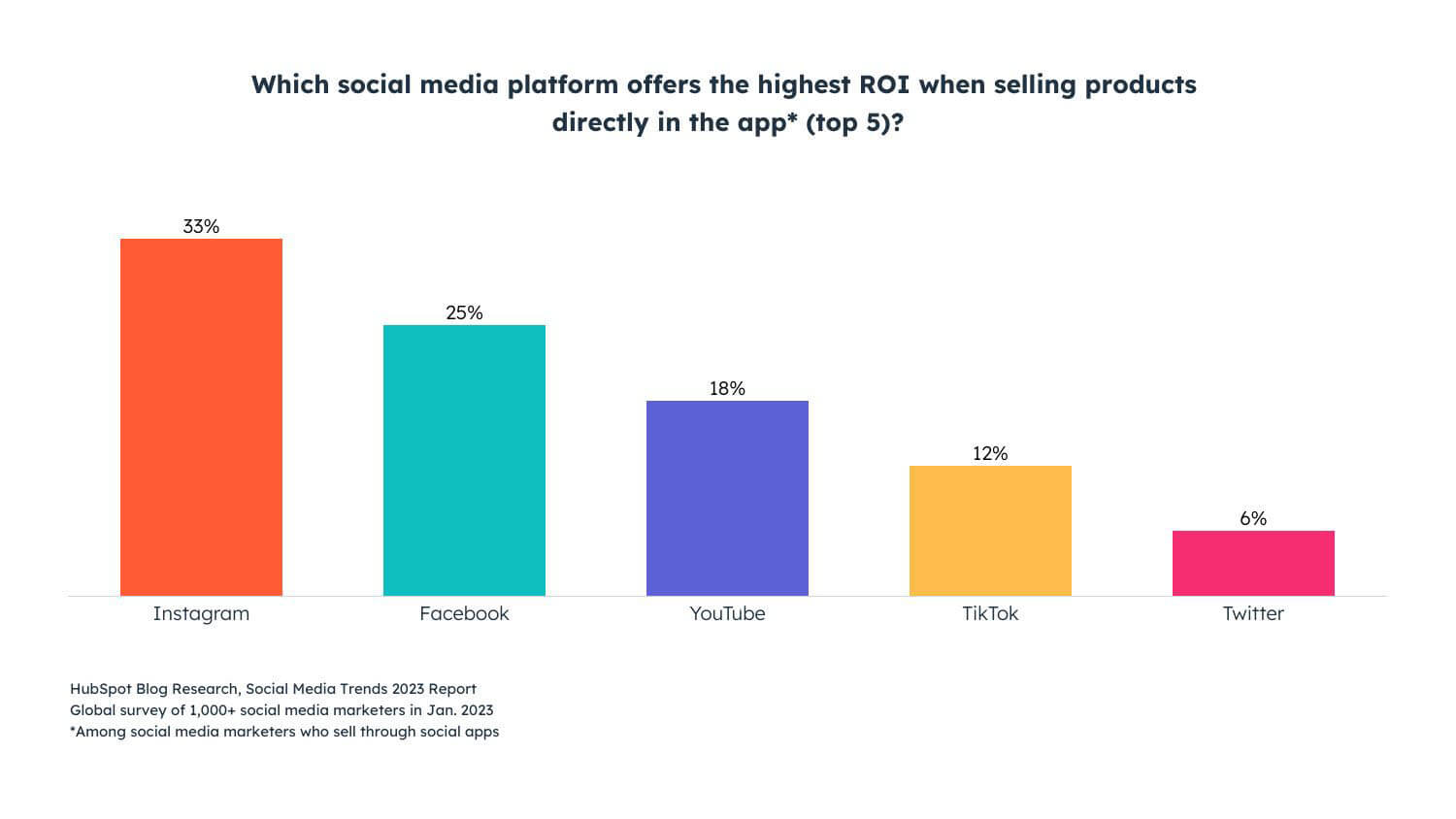
Source: Hubspot
An effective approach to SMM involves the creation of engaging posts that beckon interactions from followers, fostering a sense of community and engagement. Additionally, companies can harness the array of advertising options on social media platforms to reach new audiences and bolster their brand's presence.
Moreover, SMM isn't solely about promotion; it plays a pivotal role in customer service. When customers seek answers or solutions regarding products or services, they often turn to social media platforms like Twitter and Facebook. A swift and professional response not only resolves issues but also serves as a testament to the company's commitment to its clientele.
Furthermore, SMM can serve as a springboard for thought leadership. Sharing industry news, insights, and innovations positions the company as an authoritative voice in the field. This not only imparts knowledge to followers but also cements the company's expertise.
5. Innovative Approaches to Content Marketing
Content reigns supreme, and its significance extends beyond the traditional sales funnel. Today, content serves as the bridge for consumers to connect with brands, with a growing number of individuals opting to explore businesses through blogs, videos, and easily digestible content pieces.
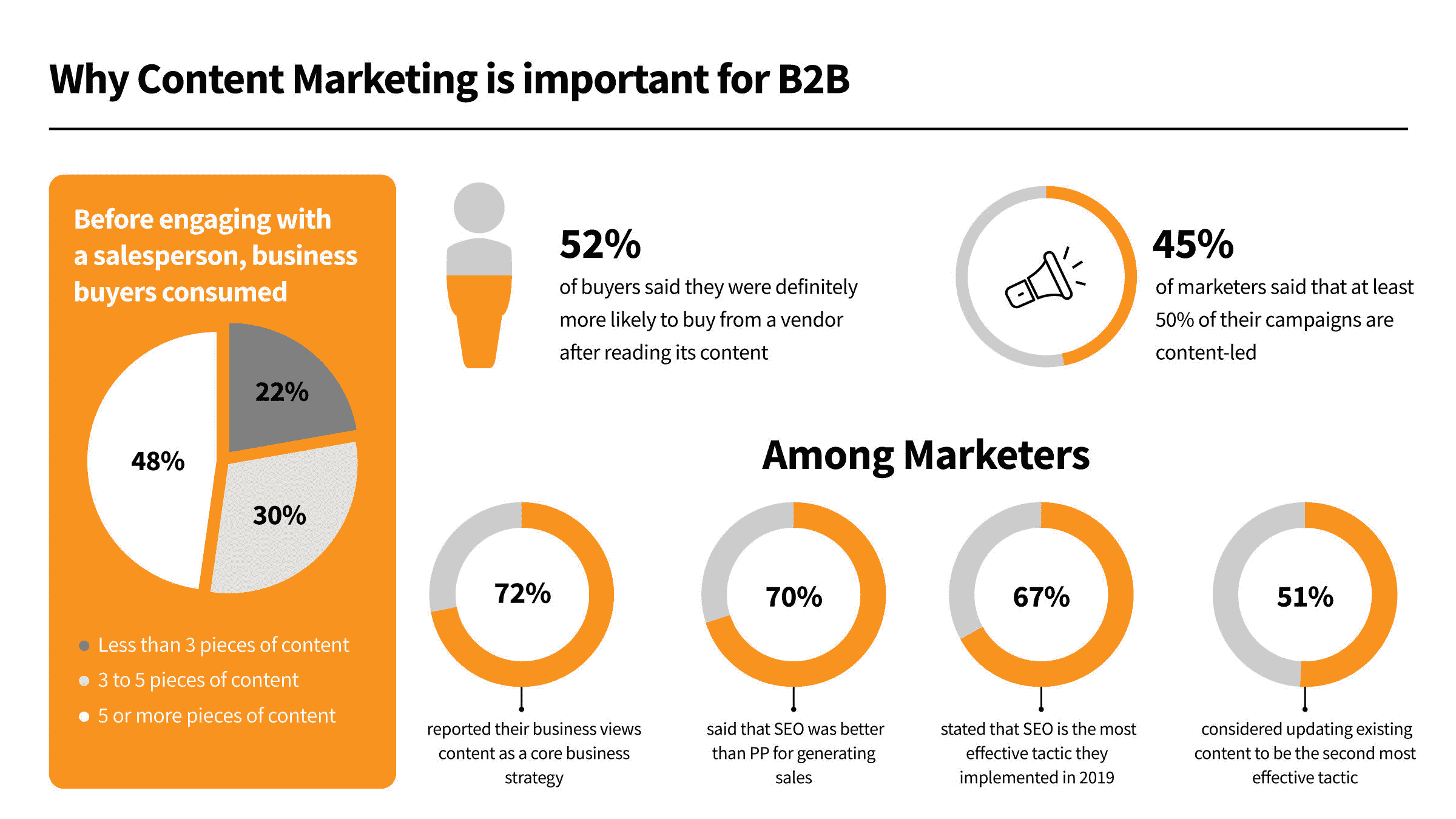
Source: 1827 Marketing
For energy companies, this transformation has demanded a departure from their traditionally dry and information-centric approach to delivering messages. The industry's stringent regulations and a historical lag in adopting innovative marketing methods have posed challenges. Nevertheless, there's a glimmer of optimism on the horizon.
The key lies not only in crafting high-quality content but also in its efficient distribution across various communication channels where potential clients actively engage. A holistic distribution strategy, encompassing email campaigns tailored to segmented audiences and regular posts on popular social media platforms, enhances customer engagement by ensuring they stay informed about industry trends and the latest news.
6. Make Use of Email Marketing
Email marketing stands as a formidable tool for energy utility companies, enabling them to efficiently communicate with their customer base and showcase their services. This approach facilitates the simultaneous outreach to a vast audience while allowing for tailored messaging directed at specific customer segments.
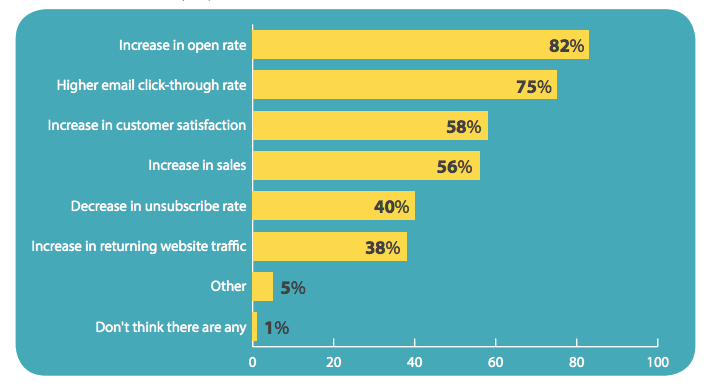
Source: Snov.io
The crux of effective email marketing lies in the creation of engaging content that genuinely connects with the audience. This content can encompass insights into energy-efficient products or tips for reducing energy consumption within the home. This leads to a sense of trust that is nurtured between the company and its customers, positioning the brand as a trusted authority within the industry.
Here are some effective tips:
- Personalization represents yet another pivotal facet of successful email campaigns. Through meticulous segmentation of the recipient list based on factors like location or past behavior, emails can deliver targeted messages that are more likelier to resonate with their intended recipients.
- Moreover, the design and layout of these emails should not be overlooked. A clean, visually appealing design can significantly impact whether a recipient engages with the message or discards it unread.
- Metrics hold the key to ongoing improvement. By tracking vital data points like open rates and click-through rates, energy utility companies can refine their future campaigns, ensuring the optimal utilization of this potent digital marketing channel.
7. Ratings and Reviews
Energy companies often grapple with a significant challenge — in the world of utilities, it can be arduous for potential customers to discern one supplier from another. This predicament primarily arises from the fact that, especially in developed nations, switching energy suppliers doesn't result in any noticeable change in the quality of the gas and electricity delivered. It's essentially the same combination of ions and molecules that flowed from the previous supplier.
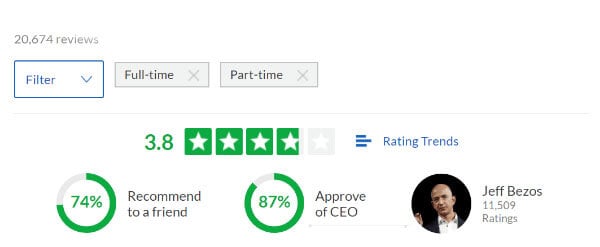
This is where the value of testimonials from both current and past customers shines through. These testimonials serve as a potent tool for distinguishing one supplier from the next. They validate the quality of customer service, highlight the cost-saving benefits of smart meters, and more. Furthermore, these ratings and reviews extend their impact to various customer acquisition efforts, manifesting as testimonials and ratings on landing pages and checkouts, star ratings in Google Ads, and direct reviews on price comparison platforms.
8. Collaborative Partnerships
Collaborative partnerships offer multifaceted benefits such as resource optimization, accelerate innovation, reduced costs, and mitigate risks. They enable companies to efficiently allocate resources, merge diverse skill sets, achieve cost reductions, and spread risk. This, in turn, results in groundbreaking advancements in energy generation and distribution while making the industry more resilient.

Source: openlearncreate
Creating successful partnerships requires clear objectives, aligned values and goals, effective communication, flexibility, and ongoing evaluation. Establishing well-defined objectives and agreements, ensuring shared values and long-term goals, and maintaining open and transparent communication are essential. Additionally, being adaptable to changing circumstances and regularly assessing progress are key elements in ensuring the partnership's success.
9. Pay-Per-Click (PPC) Advertising
Pay-per-click (PPC) advertising is an effective digital marketing strategy for energy utility companies to gain instant visibility on search engine result pages. By bidding on specific keywords related to their services, electricity providers can drive targeted traffic to their websites and increase the chances of converting prospects into customers.
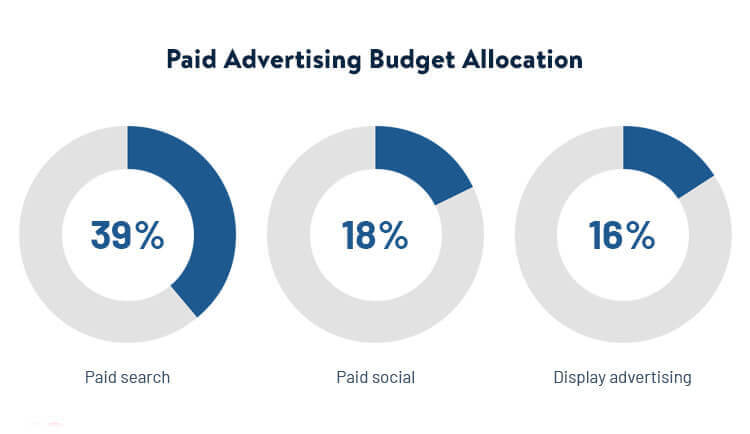
Source: 99Firms.com
One notable advantage of PPC campaigns is that they provide measurable results. Energy utility companies can track various metrics, such as clicks, impressions, conversions, and cost-per-acquisition. This data-driven approach enables businesses to optimize their campaigns effectively and maximize return on investment.
Another benefit of PPC advertising lies in its flexibility. It allows energy providers to target potential customers based on factors like demographics, location, device type, time of day or week – all crucial elements for reaching the right audience at the right time.
To make the most out of a PPC campaign for your energy utility company it's essential to perform thorough keyword research using tools like Google Keyword Planner or SEMrush. Identify high-intent keywords with low competition that are relevant to your services and offers.
Create compelling ad copy that highlights your unique selling points while ensuring it adheres strictly to search engine guidelines. A well-crafted advertisement paired with a highly optimized landing page will not only improve click-through rates but also lead conversion rates – driving more value from every dollar spent in PPC advertising efforts.
10. Innovative Pricing Models in Energy Utility Marketing
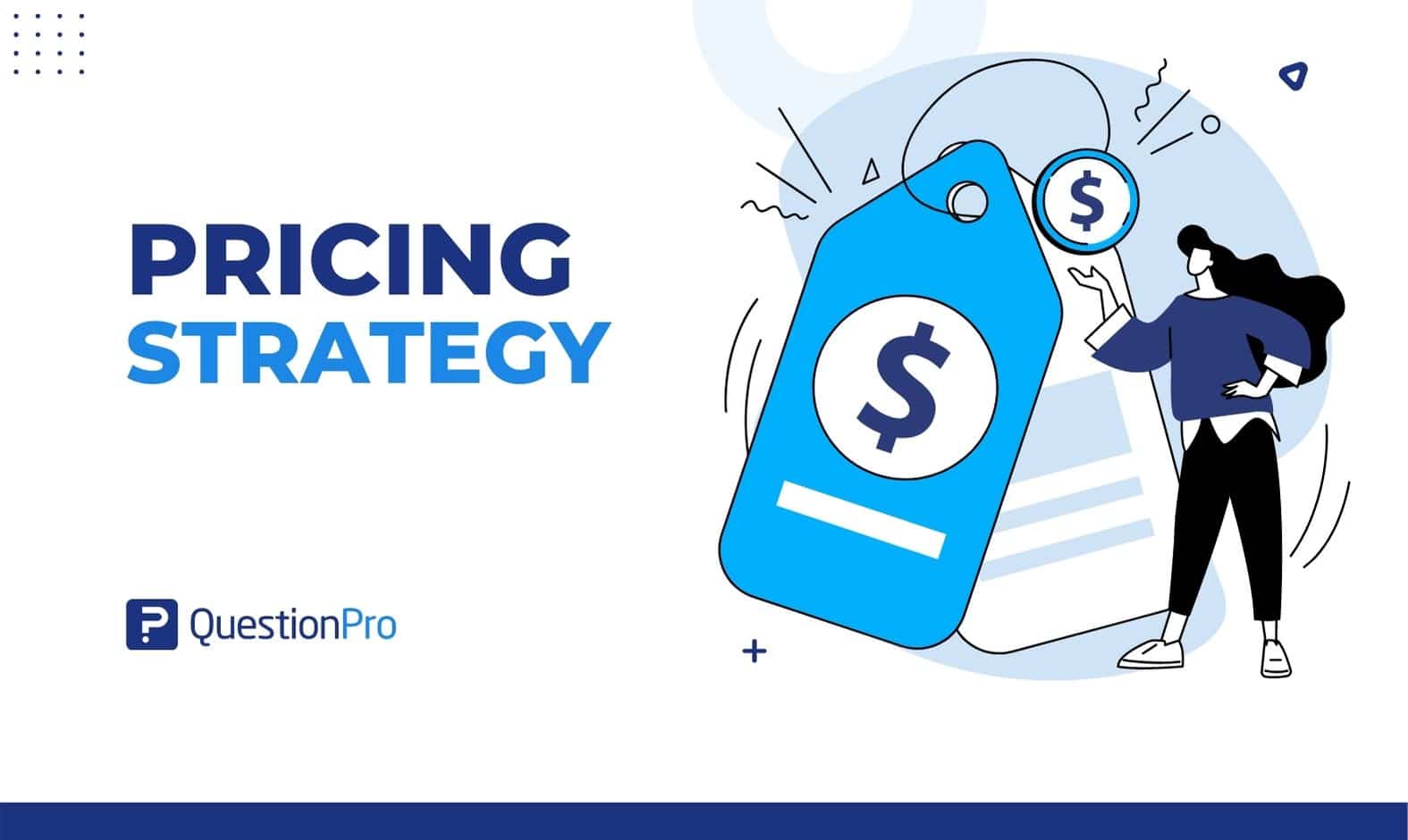
Source: questionpro
Key Characteristics of Innovative Pricing Models
- Time-of-Use (TOU) Pricing: TOU pricing charges customers different rates based on the time of day or season. It encourages energy use during off-peak hours, promoting efficiency.
- Demand Response Programs: These programs incentivize customers to reduce energy consumption during high demand, contributing to grid stability and cost savings.
- Variable and Dynamic Pricing: These models adjust rates in real-time, reflecting market conditions. Customers may receive alerts to adjust their usage during peak pricing.
- Subscription-Based Pricing: Similar to streaming services, customers pay a fixed monthly fee for a certain amount of energy, promoting predictability and budgeting.
- Blockchain-Enabled Pricing: Blockchain technology allows for transparent and decentralized energy trading, enabling peer-to-peer transactions and flexible pricing.
Benefits of Innovative Pricing Models
- Empowerment and Control: Customers have greater control over their energy consumption, making informed decisions to save on costs.
- Efficiency and Sustainability: Flexible pricing models encourage reduced energy use during peak hours, aligning with sustainability goals.
- Customer Engagement: These models enhance customer engagement by promoting interaction with energy data and conservation efforts.
Challenges and Consideration
- Education and Communication: Customers need to understand and adapt to new pricing models, requiring effective communication and education.
- Regulatory Compliance: Regulatory bodies play a crucial role in ensuring fairness and consumer protection within these models.
Innovative pricing models mark a pivotal shift in the energy utility marketing landscape, offering more customized, sustainable, and engaging approaches. These models empower customers, drive energy efficiency, and contribute to the ongoing transformation of the energy sector. However, successful adoption hinges on effective communication, regulatory compliance, and a commitment to sustainability.
Future Trends in Energy Utility Marketing: Charting a Sustainable Path Forward
The energy utility industry is on the cusp of transformative changes, driven by evolving consumer expectations, technological advancements, and sustainability imperatives. This blog post explores the upcoming trends and innovations in the sector, shedding light on how energy utilities can prepare for these changes.
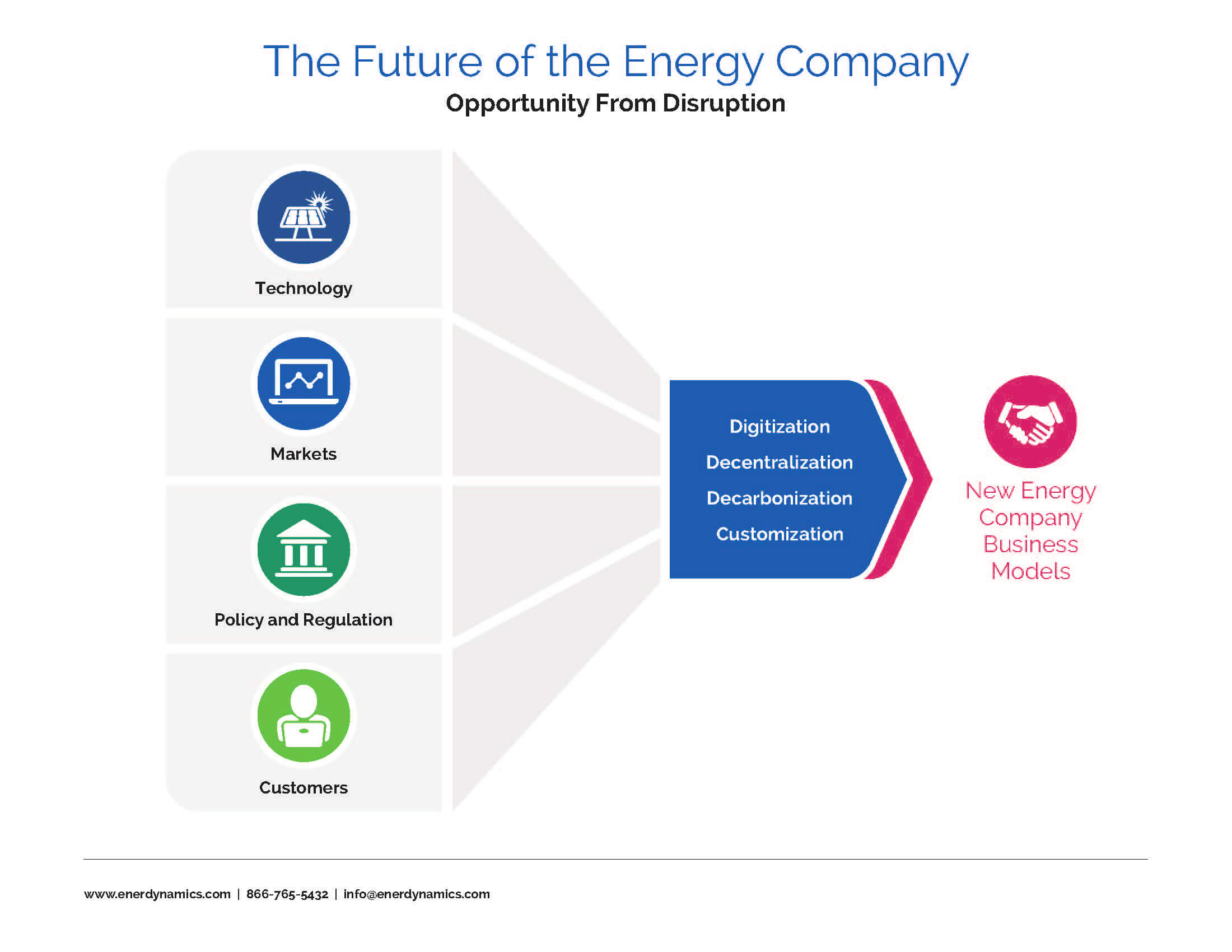
Source: enerdynamics
Predict Upcoming Trends and Innovations
The industry can anticipate a surge in decentralized energy production, the integration of electric vehicles (EVs), advanced grid management, energy storage solutions, sustainability-centric marketing, personalized customer experiences, cybersecurity measures, and a growing demand for energy independence. These trends will reshape the sector in profound ways.
How Energy Utilities Can Prepare for These Changes?
Preparation involves substantial investments in technology, customer engagement, partnerships, and collaborations, a strong commitment to sustainability, and a proactive approach to regulatory compliance. By embracing these strategies, energy utilities can remain competitive and aligned with evolving consumer expectations while contributing to a sustainable energy future.
Wrap-Up
Energy companies are now breaking free from the constraints of monotonous content and are now crafting marketing campaigns that captivate, educate, and enthrall. The combination of cutting-edge technologies and the rise of competitive challenger brands has spurred the energy industry to embrace the significance of innovative marketing. Consequently, we are witnessing the emergence of remarkable content pieces, with some even achieving viral status.



